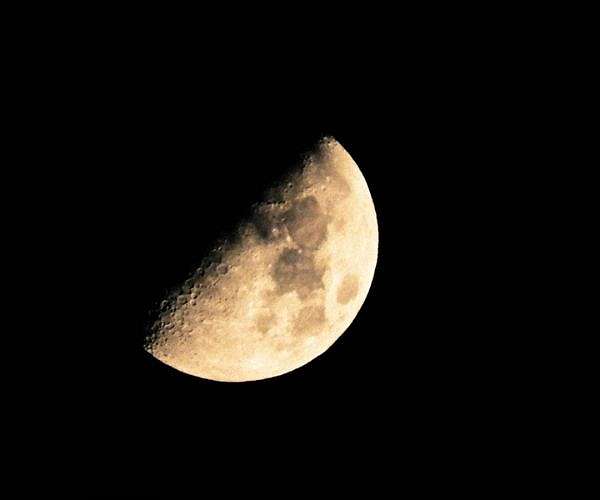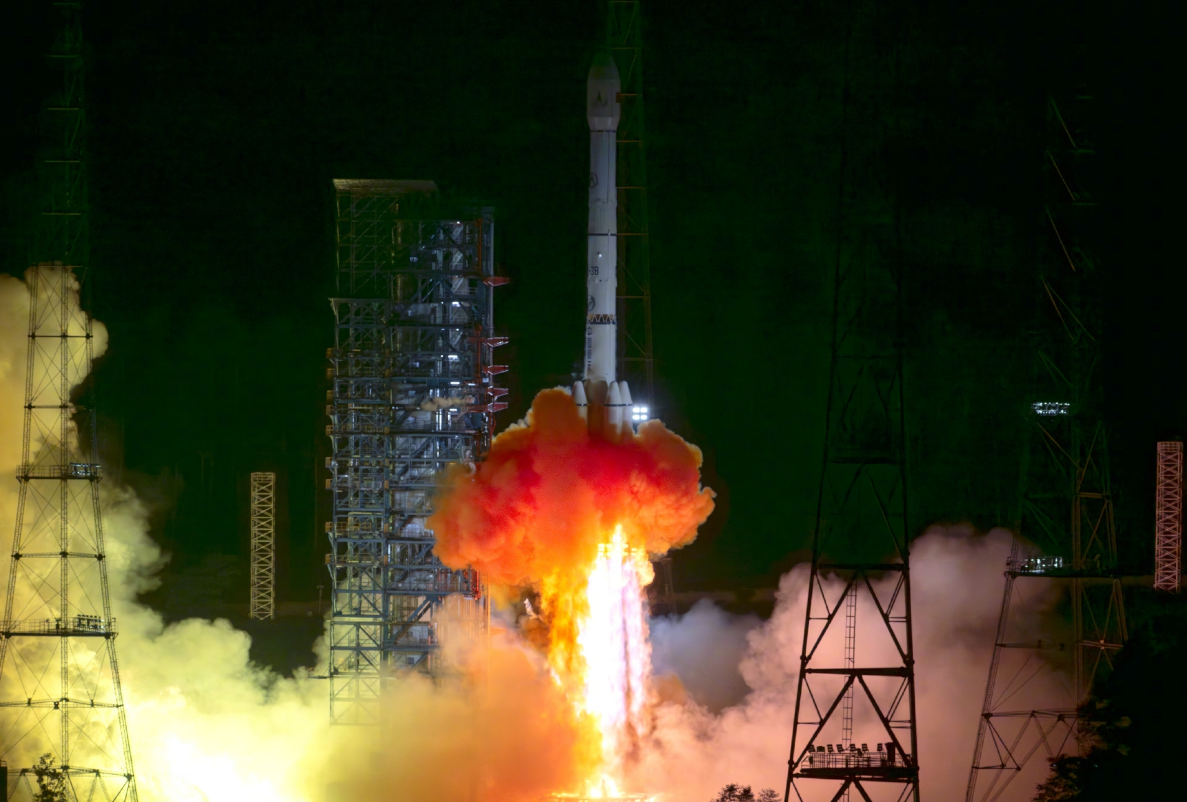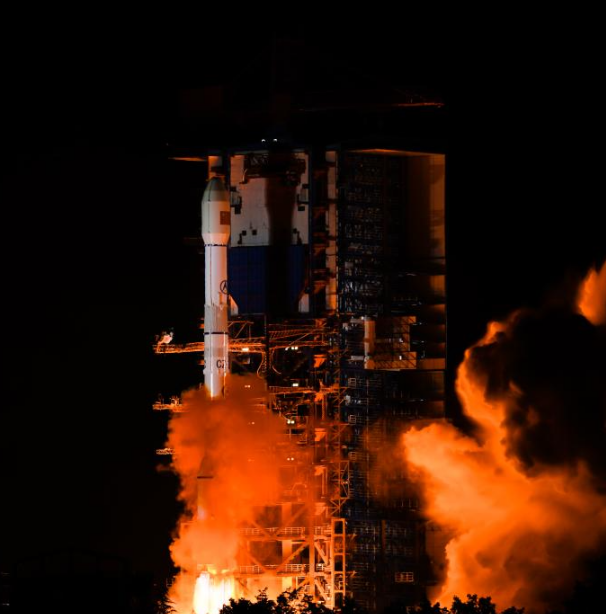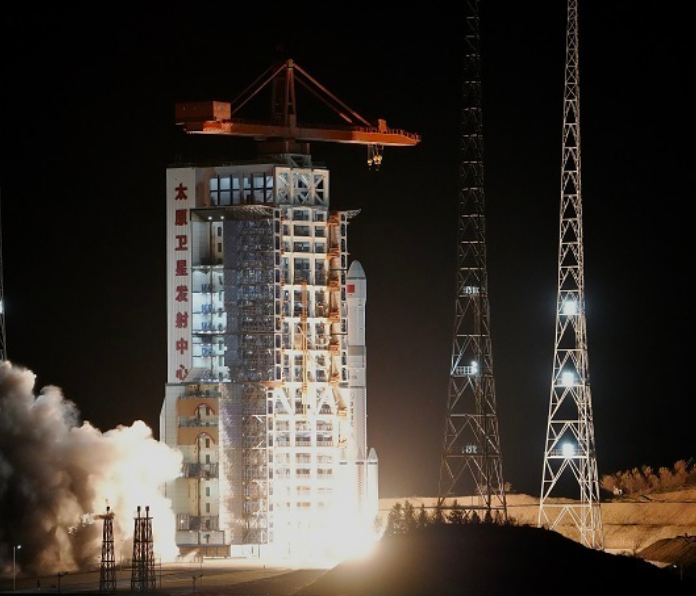14
2025-04
NASA Measures Moonlight to Enhance Earth Observations

NASA’s Armstrong Flight Research Center has conducted a groundbreaking study measuring sunlight reflected by the Moon (moonlight) to improve the accuracy of Earth-observing satellite data. This calibration technique aims to enhance the precision of environmental and climate monitoring.
By analyzing the brightness and spectral properties of moonlight, scientists can better adjust satellite sensors, minimizing atmospheric interference and instrument errors. The refined data will improve measurements of ocean temperatures, vegetation, and atmospheric composition, supporting climate research and disaster management efforts.
NASA highlights that this method not only optimizes current Earth observation missions but also provides valuable insights for future deep-space exploration and planetary science studies.
Source: NASA
-
29
2025-05

Tianwen-2 Mission Launched Successfully
At 1:31 AM today, China successfully launched the Tianwen-2 planetary exploration probe from the Xichang Satellite Launch Center using the Long March-3B Y110 carrier rocket.
-
13
2025-05

Communication Technology Experiment Satellite No. 19 Successfully Launched
At 2:09 on May 13, China successfully launched the Communication Technology Experiment Satellite No. 19 from the Xichang Satellite Launch Center using a Long March 3B carrier rocket. The satellite smoothly entered its predetermined orbit, and the launch mission was a complete success.
-
12
2025-05

Remote Sensing Satellite No. 40, Group 02, Successfully Launched
On May 11 at 21:27, China successfully launched the Remote Sensing Satellite No. 40, Group 02, from the Taiyuan Satellite Launch Center using a Long March 6A carrier rocket. The satellite entered its predetermined orbit smoothly, and the launch mission was a complete success.









